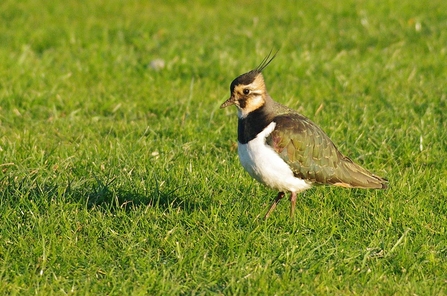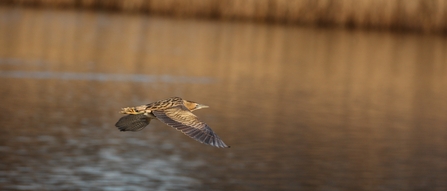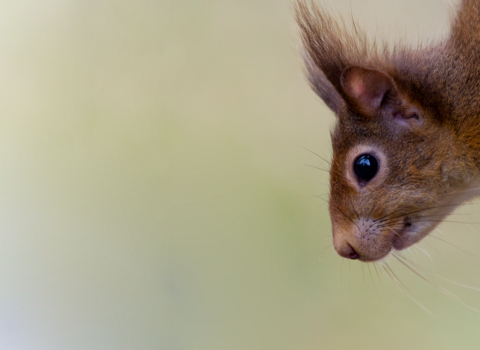Today is the day I have dreamt about for 20 years!
At times I wondered if it would ever happen, and yet here we are. The Dearne Valley Wetlands have been notified as a SSSI (Site of special scientific Interest) by Natural England. An incredible “rubber stamp” from Government and recognition of the nationally important wildlife spaces our local community has created and restored over the past few years.
Within a few miles of my house, in an area once dominated by the coal and glass industries, I can watch flocks of thousands of wading birds wheeling in the sky before dropping to feed on shallow food-rich waters. I can watch bitterns, a bird that - like the Dearne - has made a come-back from the edge of oblivion, to raise chicks and then watch them fly out over vast reedbeds, where once there were coal shunting yards. Oystercatchers probe the mud while avocets gracefully sift water in their slender bills in wetlands that just six or seven years ago were fields struggling to grow crops of cattle feed.





